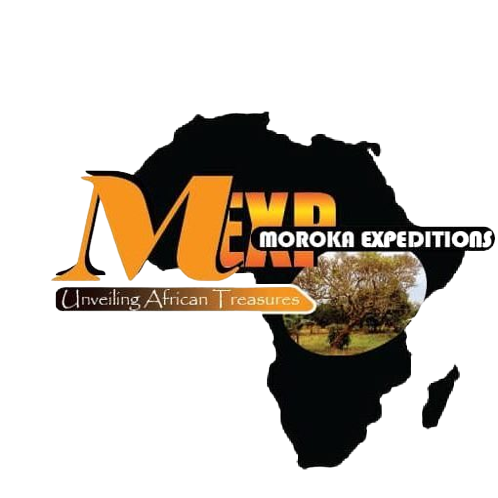The park also has a huge cultural significance, in particular for the indigenous Batwa pygmies. This tribe of hunter-gatherers was the forest’s “first people”, and their ancient knowledge of its secrets remains unrivalled.
Mgahinga’s most striking features are its three conical, extinct volcanoes, part of the spectacular Virunga Range that lies along the border region of Uganda, Congo and Rwanda. Mgahinga forms part of the much larger Virunga Conservation Area which includes adjacent parks in these countries. The volcanoes’ slopes contain various ecosystems and are biologically diverse, and their peaks provide a striking backdrop to this gorgeous scenery.
The park has a number of activities one can participate in depending on what he or she wants to do. Some the activities include; Gorilla tracking, Golden monkey experience, Gorge walk, Platform view, Nature walk, Cultural Experience.
Primates present in the national park include mountain gorilla (Gorilla beringei beringei) and golden monkey (Cercopithecus kandti). The iconic mountain gorillas (around 30 individuals split between one habituated and two unhabituated groups) and the charismatic golden monkey ( an Albertine Rift Endemic whose range is now restricted to the Virungas and one other forest in Rwanda). The checklist of 76 mammal species includes black-and-white colobus, leopard, elephant, giant forest hog, bushpig, buffalo, bushbuck, black-fronted duiker, and several varieties of rodents, bats and small predators.
Of the Albertine Rift’s endemic birds, the following were recorded in the national park during surveys: handsome spurfowl, dusky crimson-wing, red-throated alethe, Kivu ground thrush, Rwenzori turaco, Rwenzori batis, Rwenzori double-collared sunbird, collared apalis, mountain masked apalis, Archer’s ground robin, stripe-breasted tit, blue-headed sunbird, regal sunbird, strange weaver, montane nightjar, red-faced woodland warbler and Grauer’s swamp warble.
